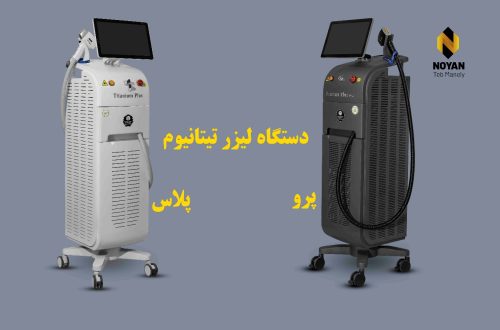In the world of printing technology, Direct to Film (DTF) printing has emerged as a game-changer, offering a versatile and cost-effective solution for creating high-quality prints on a wide range of materials. This innovative printing method is transforming the garment, fashion, and promotional product industries, allowing businesses to expand their capabilities and produce vibrant designs with ease. In this article, we’ll explore what dtf printing is, how it works, its advantages, and why it’s gaining popularity.
What is a DTF Printer?
A DTF printer uses a unique process to print designs onto a special film, which is then transferred onto a variety of surfaces such as fabric, plastic, ceramics, and even wood. Unlike traditional printing methods, DTF technology doesn’t require complex pre-treatment of the substrate or expensive equipment. It relies on high-quality ink, a powder adhesive, and heat to produce durable prints that are vibrant and long-lasting.
The process of DTF printing involves several key steps:
-
Design Preparation: First, a digital design is created or imported into the printer’s software. The design is then color-separated and processed to ensure it will print clearly and vibrantly.
-
Printing on Film: The printer uses specialized inks to print the design onto a transparent film. This step is similar to traditional inkjet printing, but with specific DTF inks that are engineered for this purpose.
-
Applying Adhesive Powder: After the design is printed, a fine adhesive powder is applied to the wet ink on the film. The adhesive powder is crucial as it helps bond the print to the target substrate during the transfer process.
-
Curing the Print: The printed film is then heated, allowing the ink and adhesive powder to cure together. This step ensures that the ink stays vibrant and resistant to wear over time.
-
Transfer to Substrate: Finally, the film with the design is placed on the substrate (e.g., a t-shirt, hoodie, mug, or other item) and heated using a heat press. The heat melts the adhesive powder, allowing the design to transfer and bond with the material.
Advantages of DTF Printing
-
Versatility: One of the biggest benefits of DTF printing is its versatility. DTF printers can be used to print on a wide variety of materials, including cotton, polyester, leather, ceramics, glass, and even metal. This makes it ideal for businesses looking to offer custom products across different industries.
-
High-Quality Prints: DTF printing produces high-resolution, full-color prints that are vibrant and durable. The prints are resistant to fading, cracking, or peeling, even after multiple washes, making them suitable for clothing and other items that undergo heavy use.
-
Cost-Effective: Compared to other printing methods such as sublimation or screen printing, DTF printing is relatively low-cost, especially for small to medium-sized businesses. The setup costs are also lower, as the printer itself is often more affordable and requires less specialized equipment.
-
No Need for Pretreatment: Unlike screen printing or sublimation, DTF printing doesn’t require the substrate to be pretreated with chemicals. This makes the process simpler, faster, and more efficient.
-
Eco-Friendly: DTF printing uses water-based inks, which are more environmentally friendly compared to solvent-based inks used in other printing methods. Additionally, the film used in DTF printing can be recycled, helping to reduce waste.
-
Customization: DTF printing offers excellent customization options, allowing businesses to create unique designs on demand. Whether it’s small batch orders or individual customizations, DTF printers can handle both efficiently.
Applications of DTF Printing
DTF printers are suitable for a wide range of applications, including:
-
Apparel Printing: DTF printers are commonly used in the fashion and garment industry to create custom t-shirts, hoodies, sweatshirts, caps, and more. The technology’s ability to print on both light and dark fabrics makes it a popular choice for apparel decorators.
-
Promotional Products: From tote bags to mugs, keychains, and phone cases, DTF printing is ideal for creating customized promotional products for businesses and events.
-
Personalized Gifts: DTF printing allows for the creation of personalized gifts such as custom mugs, pillows, and even home décor items.
-
Industrial and Commercial Products: DTF printing can also be used to create designs on items like nameplates, signage, and even automotive parts.
Why DTF Printing is Gaining Popularity
The rise of e-commerce and demand for personalized products has pushed businesses to seek more efficient and flexible printing technologies. DTF printing offers businesses a competitive edge by enabling them to produce high-quality prints quickly and affordably, with minimal setup.
Another reason for the growing popularity of DTF printing is the technology’s ease of use. Unlike screen printing, which requires extensive setup and expertise, DTF printing is relatively straightforward and doesn’t require a long learning curve. This makes it an attractive option for small businesses, startups, and hobbyists.
Furthermore, the ability to print on a variety of substrates, combined with the low cost and high quality, has made DTF printing a go-to solution for entrepreneurs looking to enter the custom product market.



